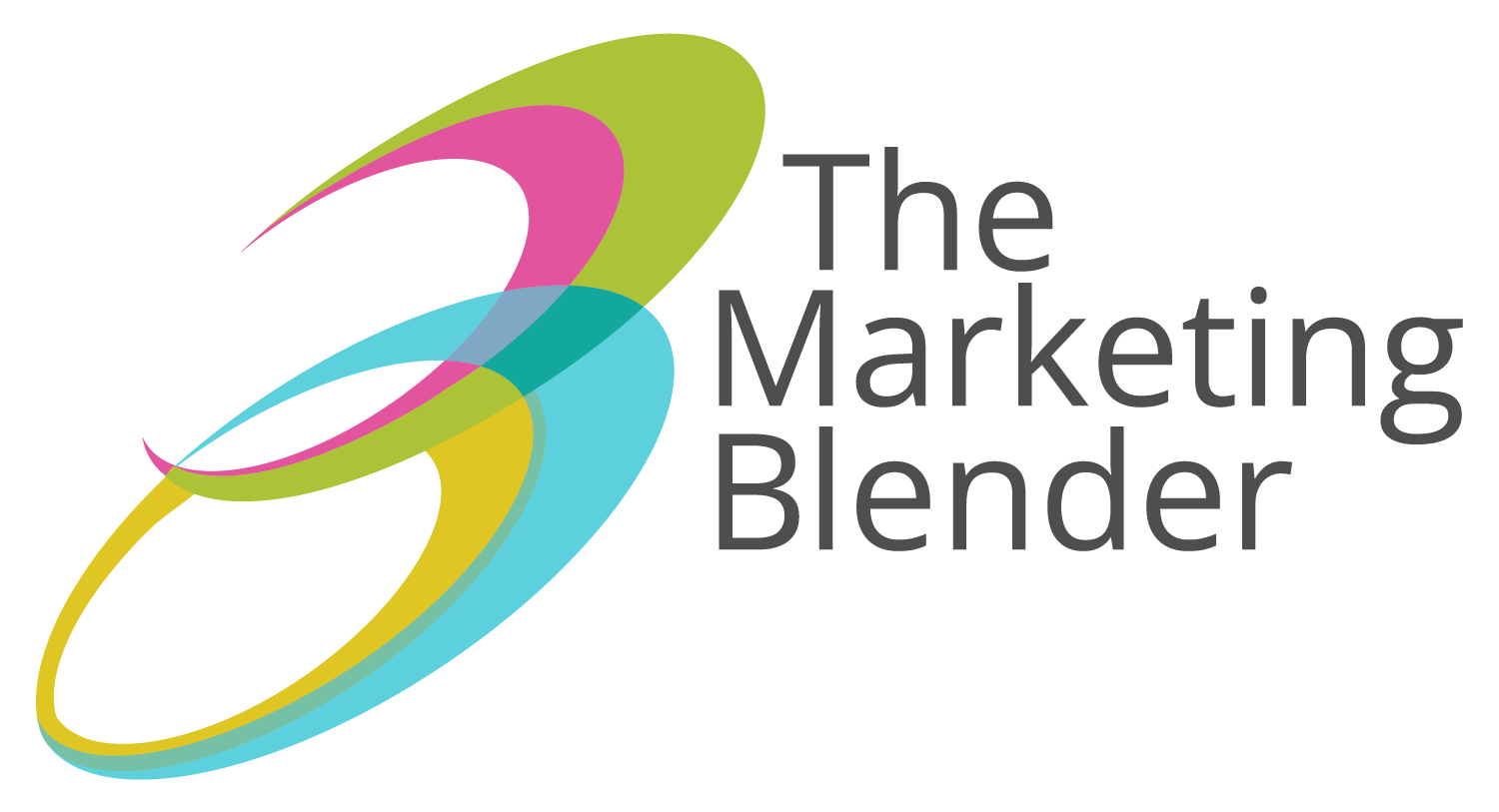You’ve decided you want to start advertising your business. That’s great! But how much should you spend?
This is a common question that most people don’t know how to answer or where to even start.
However, the first step is to think about what your goals are – and keep in mind, there can be more than one goal.
Is it purely to sell a service or product? Or does it include building an email list, increasing web traffic, or filling up an event?
Depending on these goals and how big and complex they are, you’ll need to develop a strategy and set your budget. Let’s break down how this can look.

1. Calculate Your Maximum Allowable Customer Acquisition Cost (CAC)
Your CAC is the most you are willing to spend to acquire a new customer. To calculate your CAC, you would divide your total advertising budget by the number of new customers you acquire. For example, if you have a $1,000 advertising budget and you acquire 50 new customers, your CAC would be $20. Your job would be to determine what your ideal CAC is, and then reverse engineer advertising forecasts.
Example: You spend $1,000. Based on this budget, it’s estimated that you will get around 200 clicks. If you’re assuming you’ll have a 4% conversion rate, then you should get 8 conversions. If your business is not ecommerce, then you’ll have to add in another step. Let’s say your closing ratio is 50%. At this point, you’ll end up with 4 new customers.
Pro Tip: Most advertising platforms can provide you with forecasting. This means you can get estimated impressions and clicks – based on budget and type of ad. This can help you calculate conversions.
This can be more challenging depending on what you’re selling – especially when it comes to more complex services. At this point, you’ll need to break it down into marketing and sales qualified leads. You should be willing to spend more for a sales qualified lead, as opposed to a marketing qualified lead – but both should be less expensive than acquiring a full client or customer. You can reverse engineer these numbers by determining how much you’re willing to spend
Keep Learning: How to allocate your marketing budget
2. Evaluate Potential Advertising Channels
Once you know how much you are willing to spend on each new customer, you can start evaluating potential advertising channels. There are many options available, so it’s important to do your research and select the channels that will work best for your business. Each platform has its own benefits and drawbacks, so it is important to select the ones that will work best for your needs.
To pick a platform, you’ll need to understand where your target market is, create your audience, and then forecast your results. You should pick the platform that results in the lowest Cost Per Lead and Customer Acquisition Cost.
Keep Learning: Which social media platforms drive the most sales?
3. Set & Allocate Your Advertising Budget
Now that you have selected your advertising channels, it’s time to set your budget. Start by allocating a certain percentage of your total advertising budget to each channel. Then, based on historical data and ROI goals, set spending limits for each channel. Keep in mind, this should all be contingent on your forecasting. For example, if social media has the highest cost per lead, then why even bother allocating any advertising spend to it? The idea is to be strategic and data-driven, as opposed to going with your gut. Don’t just allocate your advertising budget into places simply because you can.
Keep Learning: How to develop a social media marketing budget
4. Monitor and Adjust Your Campaigns
Once your campaigns are up and running, it’s important to monitor them closely and make adjustments as needed. Track your results and compare them to your ROI goals. If a campaign is not performing as well as you had hoped, don’t be afraid to adjust your budget or change your strategy. The goal is to get the most bang for your buck, so don’t hesitate to make changes as needed!
Advertising can be a great way to promote your business and attract new customers—but only if it’s done correctly! By remaining data-driven and setting a realistic budget based on historical data, you can ensure that your advertising campaigns are effective and efficient. 



